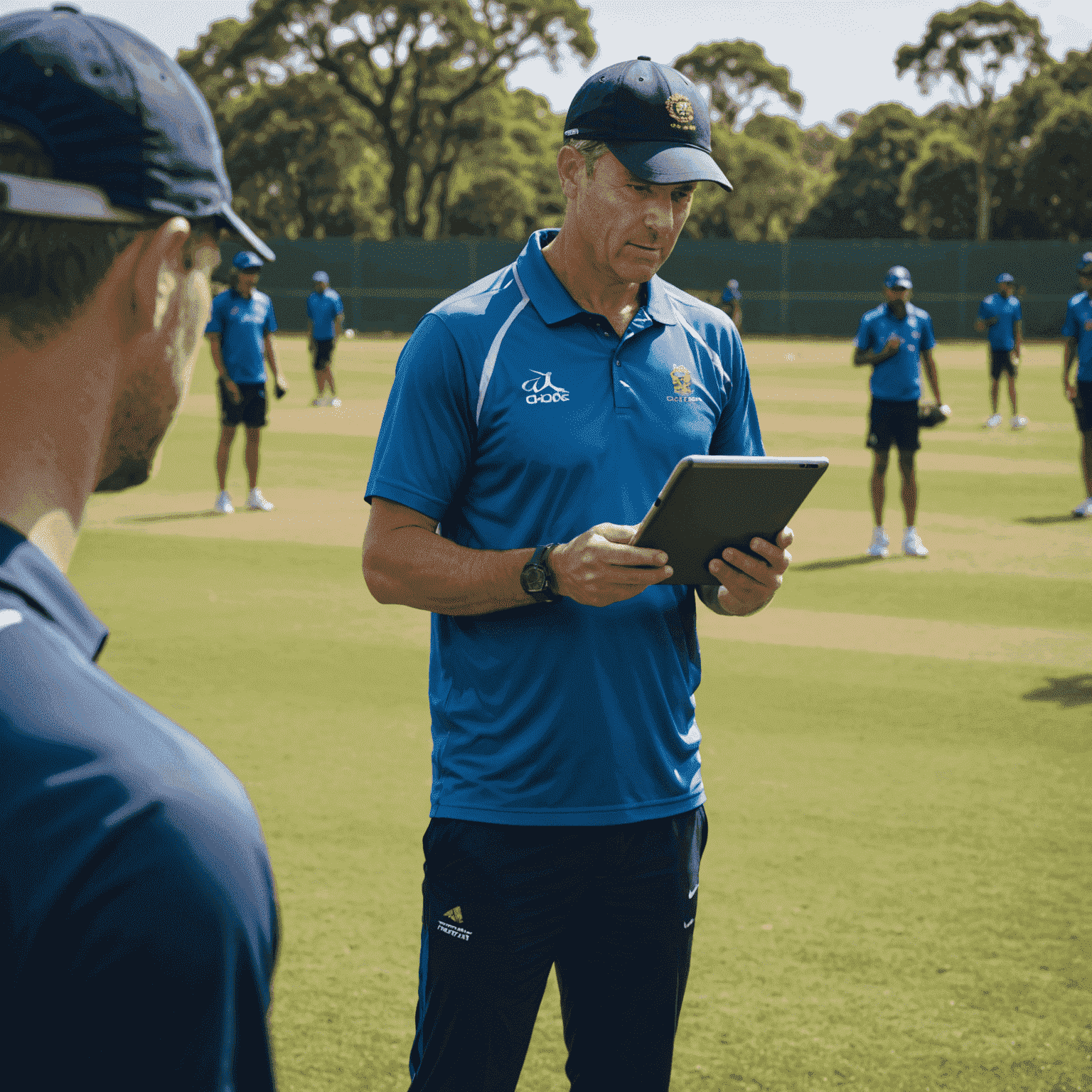The Role of Data Analytics in Modern Cricket Coaching

In the ever-evolving world of cricket, coaches are increasingly turning to data analytics to gain a competitive edge. This article explores how statistical analysis and data-driven approaches are revolutionizing cricket coaching methods and improving team performance at all levels.
The Data Revolution in Cricket
Cricket, a sport steeped in tradition, has embraced the digital age with open arms. Today's coaches are armed with an arsenal of data points, from ball-by-ball analysis to player fitness metrics. This wealth of information is changing the way teams prepare, strategize, and perform on the field.
Key Areas of Data Application
- Player Performance Tracking: Coaches can now analyze a player's strengths and weaknesses with unprecedented detail, allowing for tailored training programs.
- Opposition Analysis: Teams can study their opponents' patterns and tendencies, developing targeted game plans for each match.
- In-game Decision Making: Real-time data analysis during matches helps captains and coaches make informed decisions on field placements, bowling changes, and batting orders.
- Injury Prevention: By monitoring workload and stress indicators, teams can better manage player fitness and reduce the risk of injuries.
Tools of the Trade
Modern cricket analytics rely on a combination of advanced technologies:
- Ball Tracking Systems: These provide detailed information on ball speed, trajectory, and deviation.
- Wearable Technology: GPS-enabled devices monitor player movements, heart rates, and exertion levels.
- Video Analysis Software: Coaches can break down every aspect of a player's technique frame by frame.
- Predictive Modeling: Machine learning algorithms help predict player performance and match outcomes based on historical data.
Impact on Coaching Methodologies
The integration of data analytics has transformed coaching approaches:
- Personalized Training: Coaches can create individualized plans that target specific areas of improvement for each player.
- Objective Performance Evaluation: Data provides an unbiased view of player contributions, aiding in team selection and strategy formulation.
- Tactical Innovation: Analysis of successful strategies across different formats and conditions leads to the development of new tactics.
- Enhanced Communication: Visual data representations help coaches convey complex ideas more effectively to players.
Challenges and Considerations
While data analytics offers numerous benefits, it's not without its challenges:
- Data Overload: Coaches must discern which metrics are truly relevant and actionable.
- Balancing Act: There's a need to strike a balance between data-driven decisions and traditional cricketing instincts.
- Player Buy-in: Some players may be resistant to changes based on data, requiring careful management and communication.
- Ethical Considerations: The collection and use of player data raise privacy concerns that need to be addressed.
The Future of Cricket Coaching
As technology continues to advance, we can expect even more sophisticated analytics tools to emerge. Artificial intelligence and machine learning will play increasingly significant roles in predicting player performance and game outcomes. Virtual and augmented reality may revolutionize training methods, allowing players to practice in simulated match conditions.
However, the essence of cricket coaching will always remain a blend of science and art. The most successful coaches will be those who can effectively combine data-driven insights with their cricketing expertise and human understanding of the game and its players.
Conclusion
Data analytics has undoubtedly become an integral part of modern cricket coaching. By embracing these tools and methodologies, coaches can unlock new levels of performance and strategic depth. As the sport continues to evolve, the role of data in shaping cricket's future appears to be not just significant, but transformative.
For teams and coaches looking to stay competitive in today's cricket landscape, investing in data analytics capabilities is no longer optional—it's essential. The cricket pitch may still be 22 yards long, but the boundaries of what's possible in the sport are expanding exponentially, thanks to the power of data.